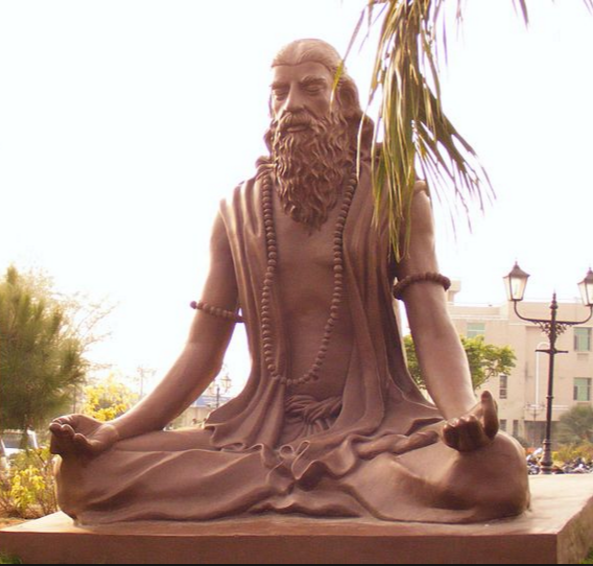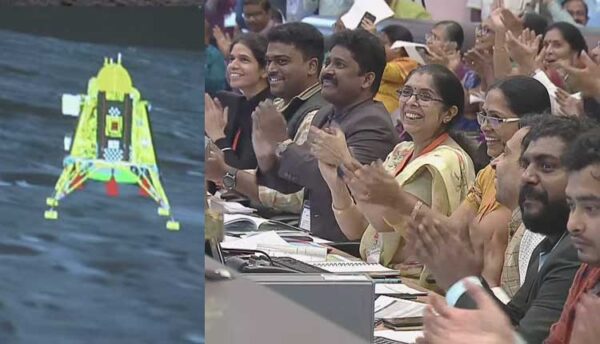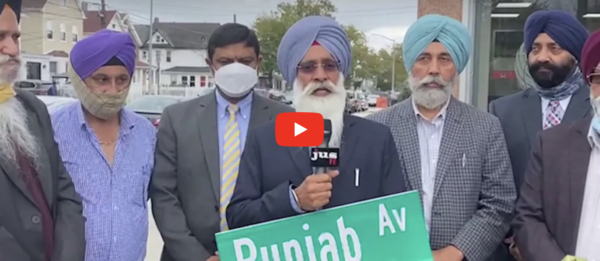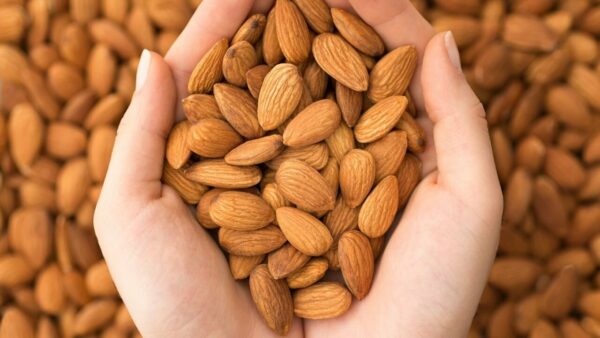Pranayam is the way to control our breath by inhaling and exhaling. Patanjali Rishi taught this Pranayam; Prana is equivalent to the Life and Aayam to dimension. Prana is the vital force of life, and Ayam is the restraint. Pranayam should be practice in the open where plenty of fresh air remains available.
Pranayam should be practiced with the spine and neck always remaining erect. Sit cross-legged on a mat which could be a blanket, rubber or cloth. Ensure to breathe, i.e., inhale and exhale through the nose. Only in some special techniques mouth may be involved. It is mandatory to practice the empty pranayama stomach, and that one remains vegetarian eating as far as possible with fruits and green vegetables. Use a blanket or a sheet on the floor and ensure it gets practiced with a floor covering and not on the bare floor.
Pay Extraordinary Attention to the following:
- Diet (Ahara ),
- Rest, the Recreation and the relaxation (Vihara)
- Routine and thoughts ( Vichara)
1. Bhastrika Pranayama or Diaphragmatic Breathing: That involves bellow like action. Fill in the air through both the nostrils, in the lungs and then completely exhale. The inhalation and exhalation are extensive and intense. Take 5 seconds for a cycle, 12 in a minute.
Precautions: Persons having a cardiac problem (hypertension), Coronary Artery Disease, or high BP or Asthma, the Epileptic person should not practice this pranayama. Always fill only the lungs and not the abdomen. Do not take any risk or stop the medicine without consulting the medical practitioner.
Benefits: The reflex action improves in any given situation. Both pilots and sports persons, and services, police, and the senior citizens are the beneficiaries. Via
It purifies the tri-doshas and awaken the Kundalini. All the cough related problems such as Chronic Sneezing, Sinusitis, Asthma, TB, Allergy and cold along with catarrh get cured. As more of oxygen travels to various vital organs like heart and brain, they function in a much better way.
2. Kapalbhati Pranayama:
- It is a high-frequency yoga breathing.
- It is supposed to intensify the intelligence and act as a cleansing system.
- Breathing frequency should be 60 cycles per minute and should not be higher.

Photo credit: Wikipedia
One has to concentrate on exhaling and vacuum in the lungs impels the air to enter the lungs by itself. The stomach and abdomen naturally get pressed inwards and benefits follow. There is 60 strokes for each minute that is one per second. The Kapalbhati means shining on the forehead. The eyes closed and initially, should be practiced for 5 minutes each and, later on, can stretch to 15 minutes at one go.
The scientific analysis its effects are for the nervous system, energy output, more of blood flow and the heart. Kapalbhati when considered from the technical viewpoint, following phenomenon:
There are four distinct brain waves and get named as per the frequency present.
No. Type Frequency Significance
- Delta 0.01 – 3.90 Seen in deep sleep
- Theta 4.00 – 7.00 In light sleep
- Alpha 8.00 – 12.00 Relaxed and eyes closed
- Beta 13.00 – 30.00 When Mentally active
Precautions: Kapalbhati should get performed after 3-6 months after any surgery of stomach and heart. Kapalbhati pranayama is banned for pregnant women, monthly menses, ulcer, and any internal bleeding. At 120 strokes of breath per minute sympathetic activation can cause the BP to go higher
Benefits: Diabetes, Flatulence, Constipation, ulcerative colitis, kidney and prostate related disorders get cured. Heart blockages start to get dissolve. Mental problems such as depression, mental instability, anxiety, stress, and negativity begin to fade away and finally disappear after some time.
The EEG changes in Kapalbhati theta and beta activity increase during kapalbhati and Alpha and Beta activity decrease after the kapalbhati. Therefore, during kapalbhati the mental state is active but relaxed. Via
At 60 breaths/minute, there is no Sympathetic Nervous System activation ( functions that keep body ready to meet any challenge, to remain alert this system is necessary) and there is no rise in the BP as believed earlier.
Kapalbhati does not reduce heart rate variability as believed earlier. Therefore, it is safe to practice on cardiac health. The heart rate variability (HRV) tells us how flexible is somebody’s heart. On running the heart rate should go up, and decrease on sitting down or while lying down. In case, this does not happen there is no heart variability.
The Sympathetic Nervous system functions to keep ready to meet a challenge that is a fight or to flight. Being alert and energetic is important. If this system is active for extended periods of time, signs of stress start to appear. The Parasympathetic Nervous system allows normal functions to go on at the own pace. When this system is active, the person is not alert. Bronchial asthma and acid-peptic disease occur. It means that right balance is required between sympathetic and parasympathetic nervous systems activity.
Kapalbhati and Energy Output: If practiced in a correct way, the kapalbhati can help in the loss of the weight. The energy output should balance the energy intake (food eaten), to remain within the normal weight range. During the kapalbhati, the energy expenditure increases by 41.2 percent, but this energy does not change upon completion of the practice.
Kapalbhati manages the following.
- A raise in energy output, attentiveness, and short-term arousal and is invigorating. For an obese person, it is recommended strongly to get the blood sugar level, and BP is frequently checked.
- Down Syndrome
- Slow learners
- Attention span of students increases for at least 45 minutes
https://youtu.be/escTD5pLNRQ







